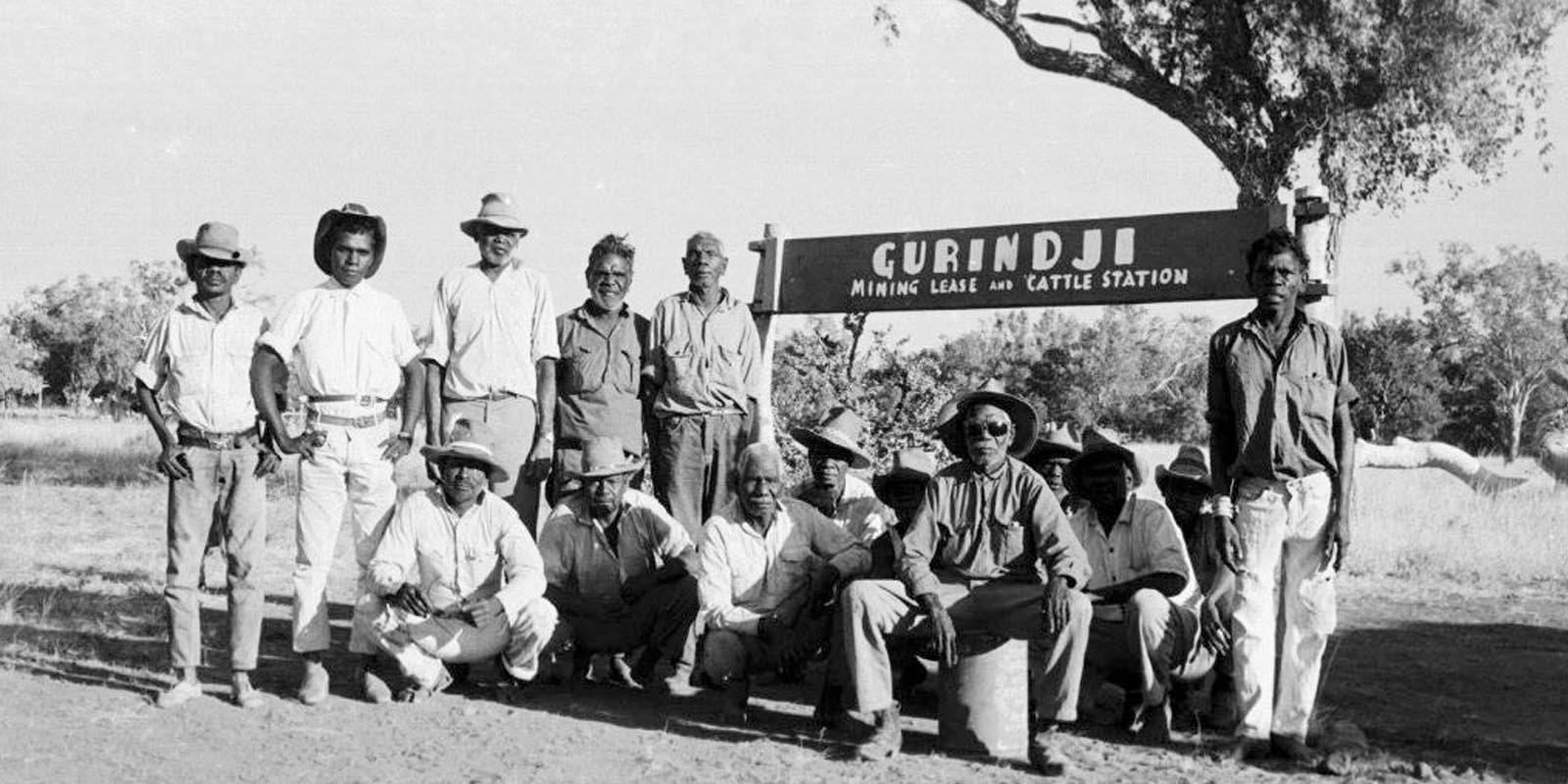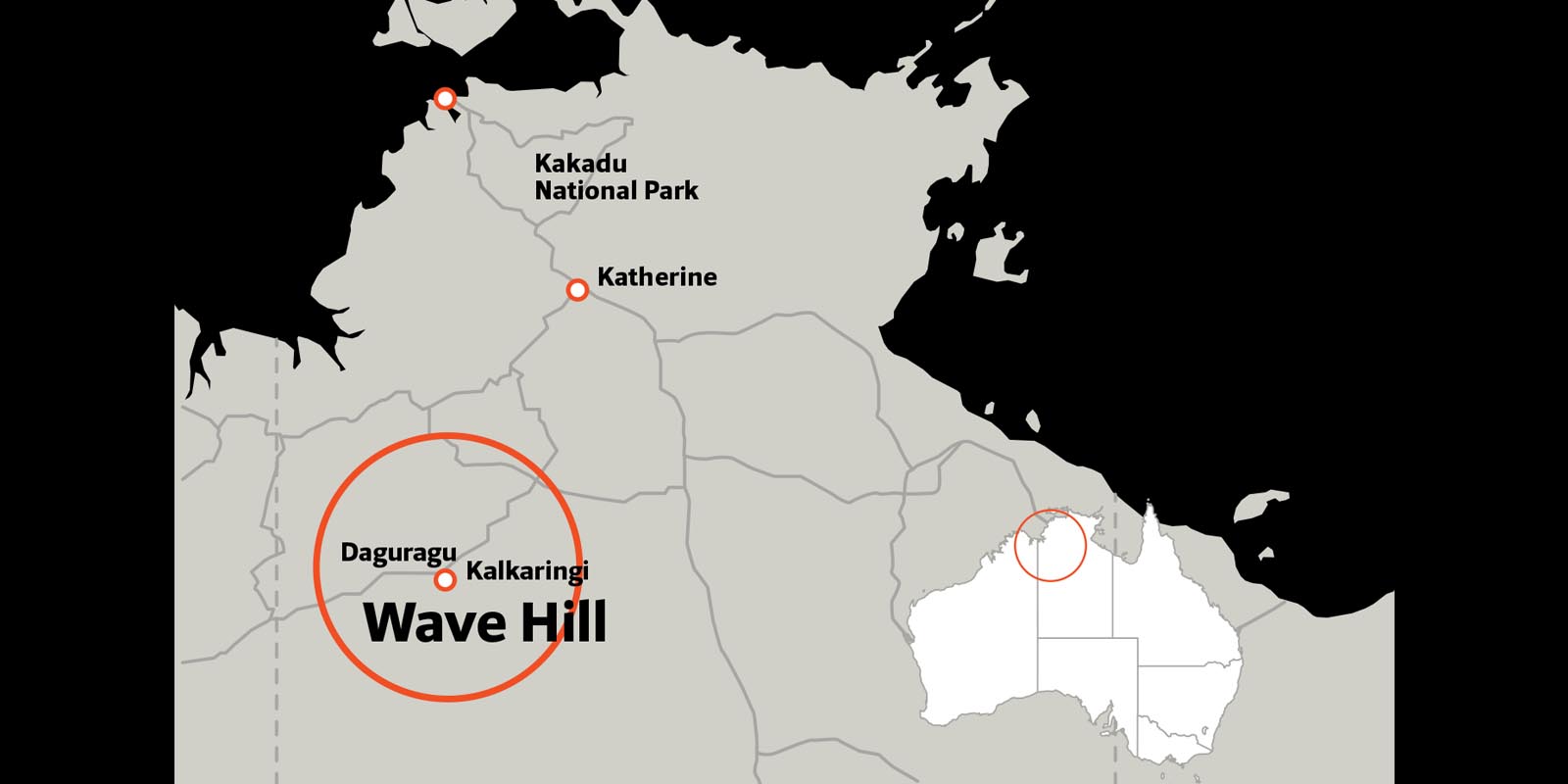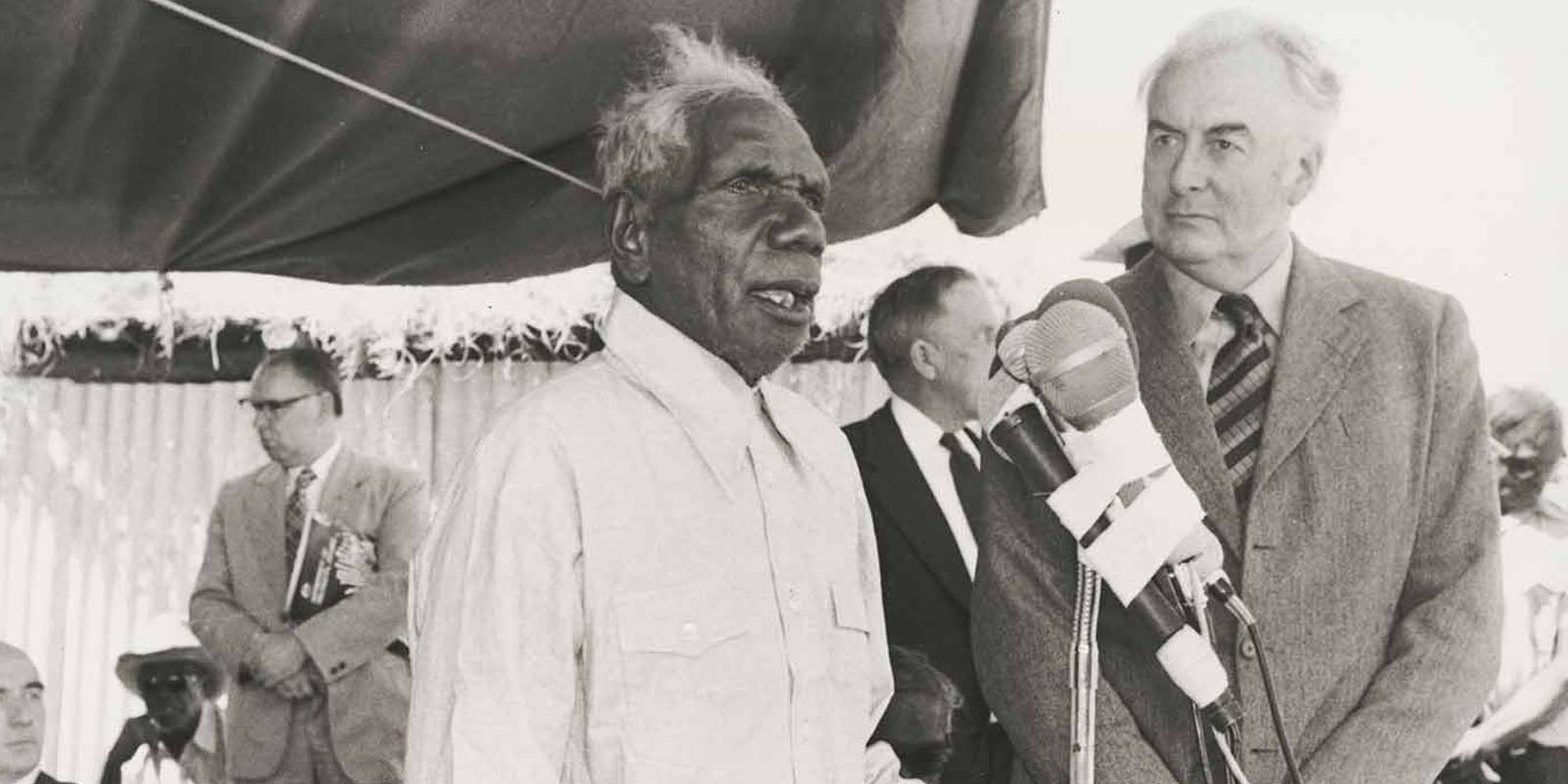In 1883 around 3000 square kilometres of Gurindji Country was granted to pastoralist Nathaniel Buchanan by the colonial government.
The land, which is now know as the Victoria River area of the Northern Territory became home to over 1000 cattle in 1884 and by 1894 that number had increased to 15,000 cattle. As a result, the natural ways of land management the Gurindji people had put in place came under pressure and the environment started to become damaged.
The Gurindji people, like other Mobs across ‘Australia’, did not want to leave their Country and pastoralists wanted cheap labour in the cattle and sheep stations. As a result, Aboriginal people became an important but heavily exploited part of the cattle and sheep industry across the Northern Territory.
In 1913 legislation passed that required employers to provide Aboriginal workers food, clothes, tea and tobacco in exchange for their work. A report in 1946 showed that there were actually many Aboriginal children under the age of 12 who were working illegally, there was abuse against Aboriginal women and that accommodation and rations were inadequate.


Gurindji men and the sign painted for them by Frank Hardy at Wattie Creek. Image source: ACTU Worksite.
In 1965 the North Australian Workers Union applied to the Commonwealth Conciliation and Arbitration Commission to amend the Northern Territory’s pastoral award (agreement on working conditions) by removing any sections that discriminated against Aboriginal workers.
There was major opposition to this from the pastoralists as this would cost them a lot of money. There was an argument that any pay increase be gradual as it was said that the Aboriginal people would not be able to ‘adjust’ if given the rise in wage to quickly. This argument served the self-interests of pastoralists who wanted to continue to exploit Aboriginal labour for as long as possible. The Commission eventually agreed but delayed the implementation by 3 years which ended up saving pastoralist an estimated $6 million.
The Gurindji Strike – the Wave Hill Walk-Off
In 1914, Vestey Brothers, an international meat-packing company, bought the Wave Hill Station from the Buchanan family. From the beginning there was tension as the Vestey Brothers company refused to pay wages to Aboriginal workers. This meant there were many heated discussions and arguments which were worsened by the commission delaying the implementation of their ruling.
In 1966 no progress had been made to help the Aboriginal workers and with the commissions’ ruling still two years away from being implemented the Gurindji had had enough.


Wave Hill Walk-Off. Image source: Australians Together.
On the 23rd August 1966, Vincent Lingiari, a Gurindji man, led around 200 of his people in a strike where they walked off Wave Hill station – this action was supported by many unionists across the Country. In 1967 they moved the camp they had set up to Daguragu (Wattie Creek), a 20km walk from their current camp. The river was closer to the Gurindji’s sacred sites and the move showed that the strike was more than just about wages and working conditions but about the reclamation of their Country and of their home.
Gurindji leaders toured Australia to try to raise awareness and gain support for their cause and in 1967 they petitioned the Governor-General to grant a lease of 1300 square kilometres around Daguragu to be run cooperatively by the Gurindji and the government. In the petition they stated:
‘We feel that morally the land is ours and should be returned to us’
The Governor-General rejected their petition, but this did not stop the Gurindji people. They continued to live around Daguragu and were, under colonial law of ‘Australia’, illegally occupying the space which was still ‘owned’ by the Vestey Brothers.


Wave Hill Walk-Off. Image source: National Museum Australia.
From Little Things Big Things Grow
The Gurindji Strike lasted 7 years. In 1971 the Labour Party came in to power and Prime Minister Gough Whitlam announced that his government would give Aboriginal people the rights to their land – not complete rights but it was still a start.
The original Wave Hill contract came to an end in 1973 and there were two new ones drafted up, one for the Vestey Brothers and one to the Gurindji through their Murramulla Gurindji Company.
This led to a symbolic and iconic moment in our history – Prime Minister Whitlam arrived in Daguragu and poured a handful of soil through Vincent Lingiari’s fingers saying
‘Vincent Lingiari, I solemnly hand to you these deeds as proof, in Australian law, that these lands belong to the Gurindji people’
'From Little Things' Documentary
Sources
- The untold story behind the 1966 Wave Hill Walk-Off, Common Ground
- Wave Hill Walk-Off, National Museum Australia
- The Wave Hill 'walk-off', National Archives of Australia
